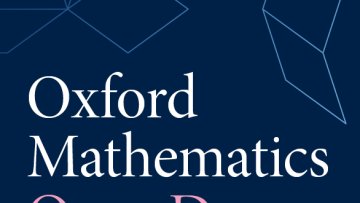The Training School will bring together a multi-disciplinary group of clinicians, biomedical engineers, biologists and physical scientists to present recent advances in mathematical, computational, in-vitro, and in-vivo approaches to further our understanding of fluid mechanics within the stented ureter and to identify current challenges in urinary stent design. Moreover, leading speakers from the world of industry and regulatory affairs will share their experiences of commercialisation in the medtech industry, and how they have addressed industrial and regulatory challenges when taking their “next-generation” products from bench-to-bedside.
Here is a preliminary program.
We would like to encourage Early Career Researchers (Master students, PhD students, and PostDocs) to apply as trainees, by sending their CV and a short statement (of no more than 250 words) to francesco.clavica@artorg.unibe.ch, explaining why they would like to attend the Training School. Participants are encouraged to present a poster about their work, and should send a title of their poster together with their application.
We will award 15 grants to fund accommodation, travel, and subsistence of trainees.
Applications should be submitted by July 15th, and applicants will be notified by the end of July about the outcome of their application.



